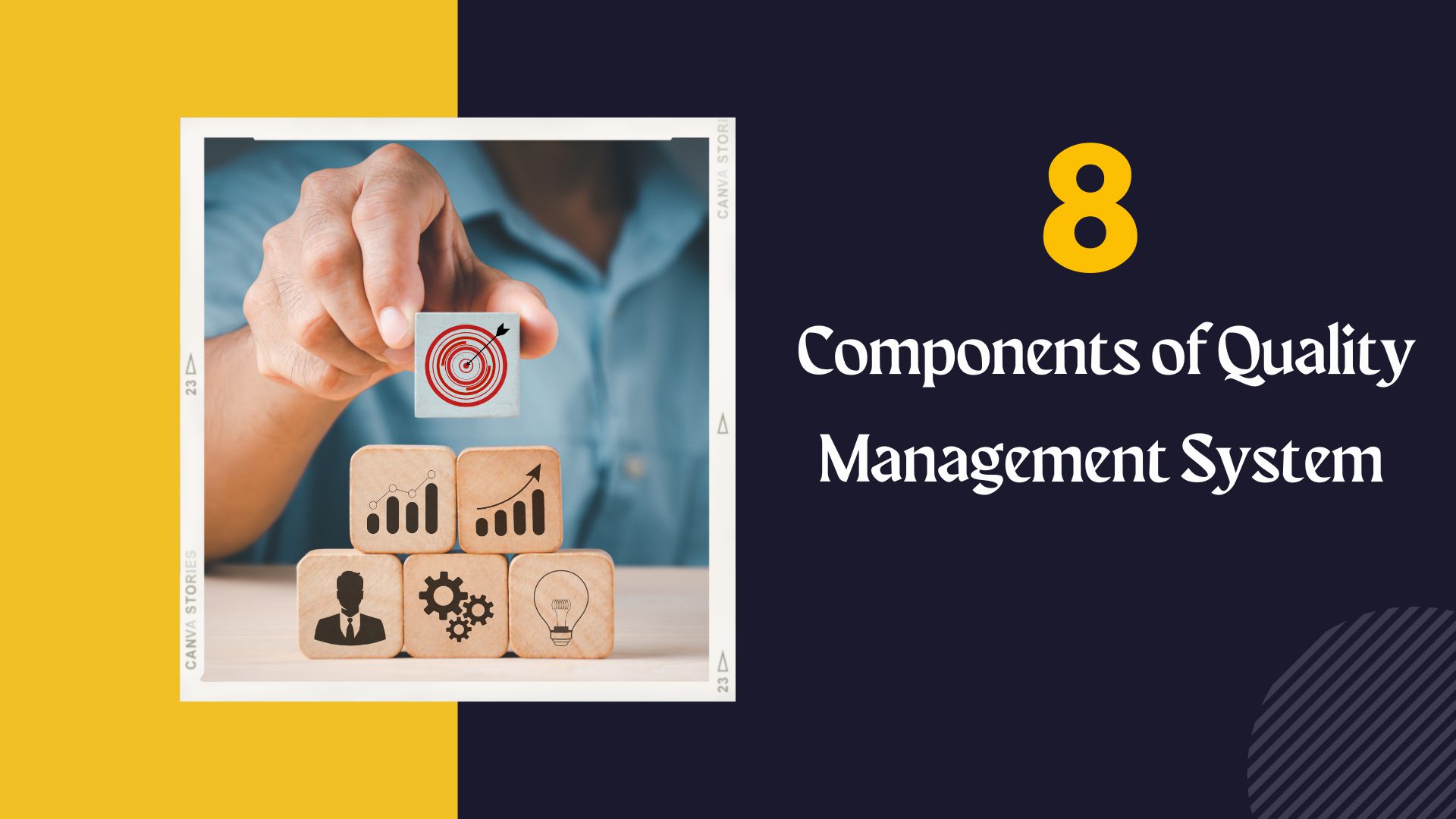A popular certification standard for businesses across
various sectors is ISO 9001:2015 certification. The objective of ISO 9001 is to
raise the standard of an organization's goods and services. Additionally, it
facilitates business processes and raises consumer happiness.
Organizations may also save long-term savings by
implementing an ISO 9001 management system efficiently, which will enhance
productivity and decrease downtime brought on by mistakes.
The foundation of the ISO 9001:2015 standard is a quality
management system (QMS). A QMS deployment that is successful aids a firm in
achieving business excellence.
A quality management system
A centralized system
that supports management evaluation, efficient resource usage, and ongoing
improvement might be a quality management system. Ensure that businesses follow
uniform procedures in production and operations by standardizing business
processes.
To guarantee that goods are constantly of the highest
quality, a QMS must provide detailed Statements of Work (SOPs) and offer a
strong management structure. Continuous development and improved risk
assessment are ensured by ISO certification. It supports the methodical
approach, product quality, and process uniformity across all organizational
areas.
His list of eight essential components for a quality
management system. You may adhere to ISO standards, enhance the quality of your
processes, and organize your business operations with the aid of a quality
management system.
Based on the following quality management tenets is ISO
9001:2015:-
- Customer focus
- Leadership
- Involvement of all employees
- Process approach
- Ongoing improvement
- Use of evidence in decision-making
- Relationship management
8 components of a quality management system include:
- High Standards
- Roles and the organization's structure:
- Data management:
- Method:
- Client contentment with product quality:
- Constant development:
- High-quality tools:
- Document management:
Now we will know in the depth about 8 components of a quality management system
1) High standards: Standard objectives must first be
refined before the QMS can be used. Future objectives and the purpose of the
QMS are both defined by goals.
The success of a QMS is determined by well-designed goals.
It aids businesses in comprehending client needs and successfully meeting
rising demand.
2) Roles and the organization's structure: Modern
organizational structures and proper roles for attaining objectives and
establishing KPIs for each team should be included in a QMS. Each team's tasks
and responsibilities should be made very clear.
3) Data management: A QMS system must have effective
organizational data management. Data management makes it easier to find flaws
and act quickly to fix them.
Poor customer satisfaction, variable product quality, and
operational inefficiencies might result from inaccurate data management. As a
result, management must promptly monitor the system and look for operational
weaknesses.
Organizations should have a robust QMS in place to guarantee
that all necessary data is accurately gathered, processed, and analyzed.
Continual improvement procedures should also be followed.
4. Method: A QMS system's ability to streamline
corporate operations is crucial. Identification of each organizational process
is necessary.
The result is based on how efficiently resources are used.
All outcomes must be monitored and optimized as necessary.
The steps for
process optimization are as follows:
- Identification of organizational processes and
resources.
- Definition of process standards and, if
appropriate, corrective measures.
- Establishment of a method to gauge ongoing
improvement.
- Recording of process modifications,
enhancements, and outcomes. To get reliable outcomes, adopt a consistent
strategy.
- To
further optimize your approach, engage in continuous improvement.
5. Client contentment with product quality: Another
criterion of the QMS is customer satisfaction measurement. Customer
satisfaction levels are indicators of how well quality control procedures work.
To gauge the quality of the customer experience offered and
satisfaction with our goods or services, we perform client interviews, feedback
gathering, and surveys.
6. Constant development: To maintain a constant level
of product quality, continuous improvement is necessary.
You must regularly follow the control points and record your
continuous improvement methods for your organization's processes to comply with
ISO 9001:2015. This guarantees efficient operation with a focus on quality.
7. High-quality tools: Product firms that utilize ISO
9001:2015 to boost productivity and service quality must keep the equipment
they employ at a high standard of quality. The system testing tools must be
calibrated and conform to ISO 9001:2015 standards.
8. Document management: A quality management system
(QMS) should have information that is documented and records all significant
organizational processes, such as:
- Employee
communication on significant projects and tasks
- Documentation of organizational structures,
operational procedures, and process enhancements.
- QMS compliance; and knowledge sharing
The improvement of the organization's operational activities
and processes should be the main emphasis of every QMS document. The QMS has to
be handled and reviewed regularly to remain effective.
Note: When it comes to the deployment of QMSs,
organizations shouldn't adopt the conventional "set it and forget it"
attitude. The ISO 9001 standard promotes ongoing development. This means that
firms should periodically review their current processes and procedures to
determine what enhances and hinders their organizational culture. While certain
procedures may appear to be beneficial on paper, they are not.
If you have any doubts regarding any kinds of ISO certificates you can consult a leading Business consultant of ISO certification in Delhi he will solve your queries.

